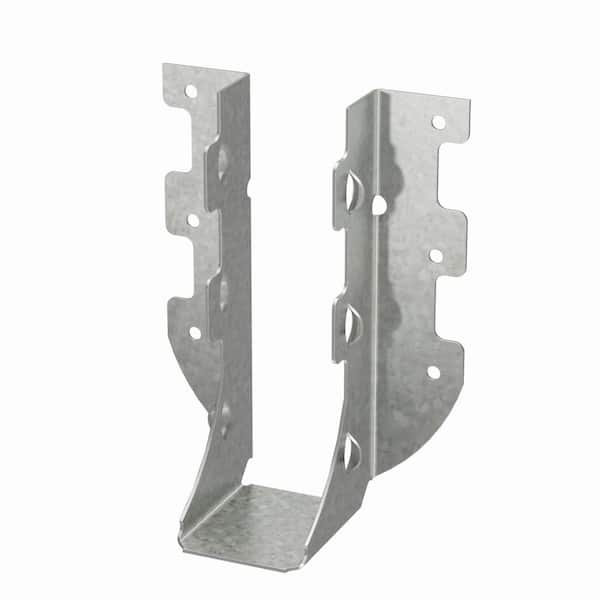

This notch allows the beam to rest flush onto the top plate. A birdsmouth cut involves taking a notch, shaped like a bird’s mouth, out of each rafter where it meets the top plate. Part of this has to do with creating a birdsmouth cut to facilitate the joining of top plate and rafter. As such, it’s important to have rafters properly secured, so these forces don’t win out. The gravitational forces on a roof cause the rafters to want to push outward. It’s essential to have a solid connection between a rafter and a top plate to ensure that your roof is stable. Certainly, if you live in a coastal region that is subject to hurricane activity, you should use hurricane ties. When determining what’s right for your roof, consider where you live and what weather conditions your building will need to withstand.

While this article won’t go into great detail about all the factors that go into determining the upload rating of a roof, which includes everything from the span of your roof to the type of lumber you use, we will discuss which attachment methods are stronger than others. During some natural disasters such as tornadoes and hurricanes, the amount of uplift your roof can handle might determine whether the roof stays on or not. What’s uplift? Uplift is the pressure created when the wind blows upwards on the roof of your structure. Some methods can handle greater uplift loads. It’s important to understand that not all the methods we will discuss in this article are equal. trusses.īefore we get started, it’s important to consider why attaching your roof, be it a truss-style or rafter-style roof, to your structure is such a critical step in the construction process. Due to the additional supporting members, trusses are typically much stronger than rafters and can, therefore, handle longer spans.įor more information on trusses and rafters, check out my article on rafters vs. Trusses are usually assembled in a warehouse and then installed as one piece.
2x6 rafter hangers series#
Trusses consist of two lengths of lumber that create the upper edge of the truss, a bottom chord that connects the two opposite ends of the top chord, and a series of supporting webwork in the middle. However, unlike rafters, trusses are pre-assembled before being installed. Trusses, like rafters, form the profile of the structure’s roof. Rafters are installed piece-by-piece during the construction of the roof. They join at the peak of the roof by connecting to the opposing rafter or to a ridge beam that runs the length of the peak of the house or shed. Rafters are beams that run from the peak of the roof to the top plate of the supporting walls. Let’s begin by comparing these two different roof styles. While they function similarly, they have unique differences that affect how they attach to the supporting walls.
2x6 rafter hangers how to#


 0 kommentar(er)
0 kommentar(er)
